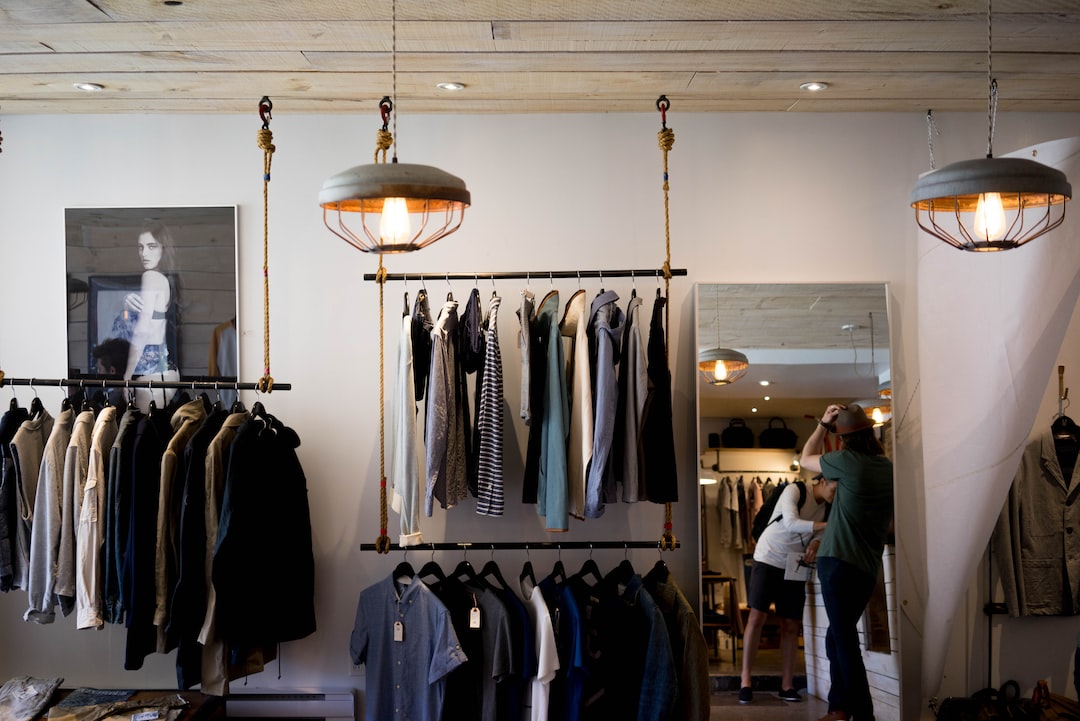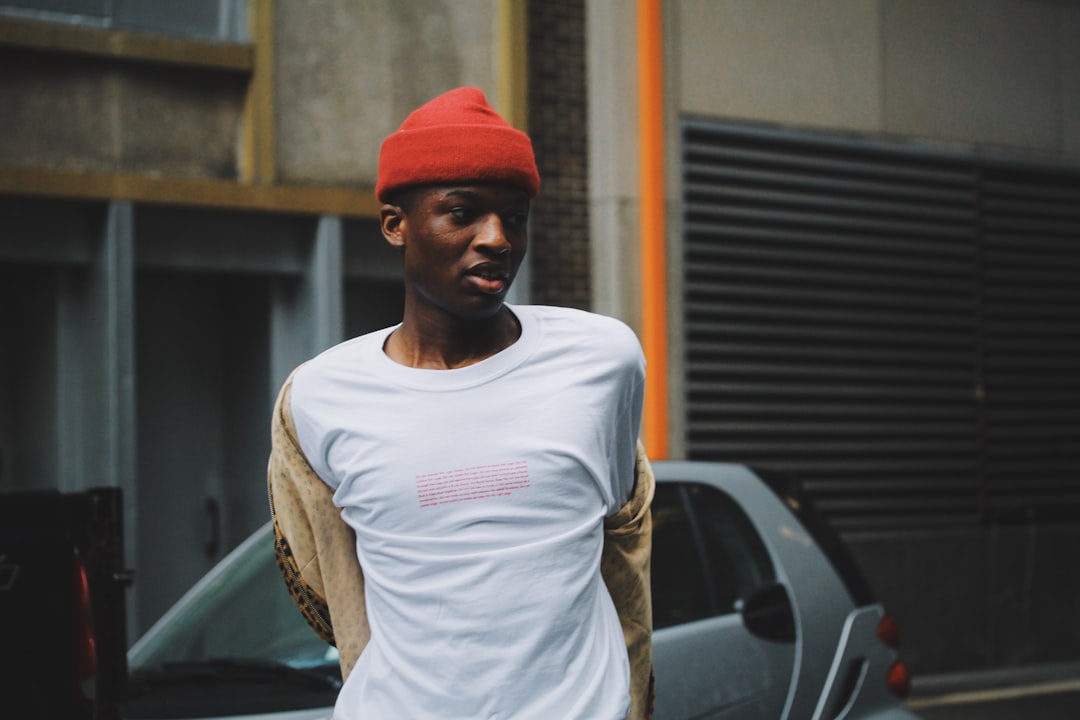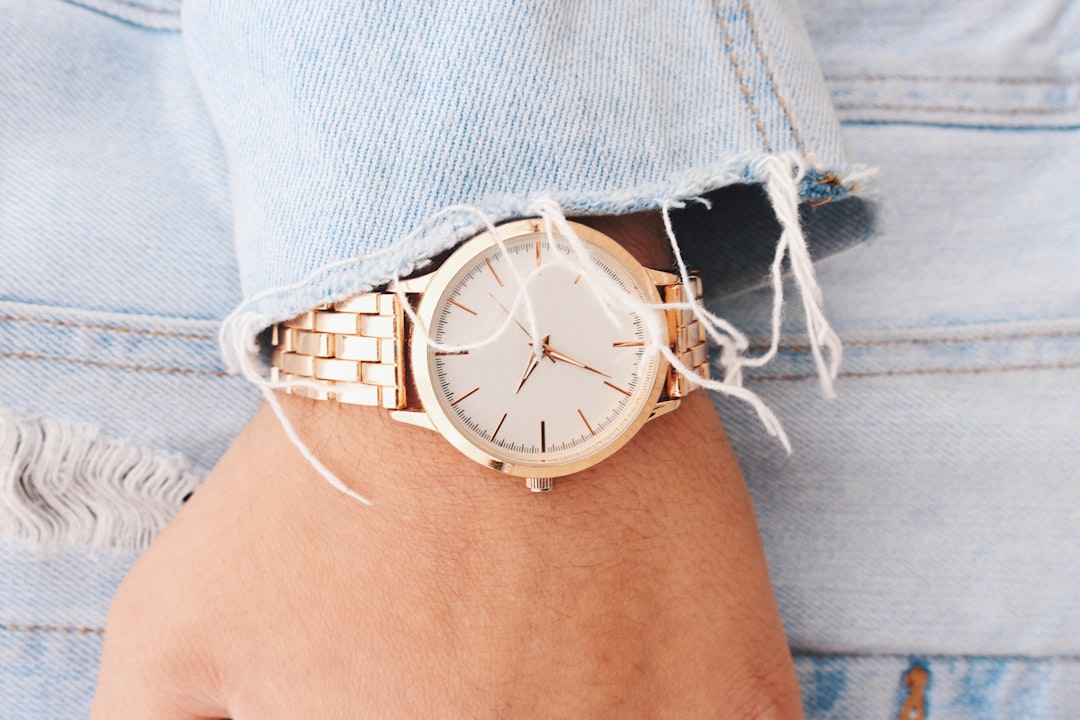The fashion industry has always been a hotbed of creativity, constantly evolving to meet the ever-changing consumer demand. However, with the advent of artificial intelligence (AI), the fashion industry is set to undergo yet another transformation. AI has already made significant inroads into the fashion industry, with designers, retailers, manufacturers, and logistics teams all reaping the benefits of this cutting-edge technology.
Although AI may seem like a futuristic concept, the fashion industry is already seeing the use of AI in various forms. From predicting fashion trends to creating unique designs, AI has revolutionized the fashion industry in ways that were once thought impossible. Moreover, AI has made fashion accessible to the masses by making the shopping experience more personalized, all while streamlining the manufacturing and logistics processes.
When AI is combined with the fashion industry, it poses the question: “Is this a match made in heaven?” With AI’s ability to process vast amounts of data, identify trends and patterns, and learn from past experiences, it is no wonder that the fashion industry is embracing this technology.
In this blog post, we will explore the impact of AI on the fashion industry and how it is changing the way we think about fashion. We will delve into how AI is being used in fashion design, personalized shopping experience, sustainable solutions, manufacturing, logistics, and the future of the fashion industry.
So, let’s take a deep dive into the world of AI and fashion, and see if this is indeed the perfect match.
Fashion Forward: AI in Fashion Design
Artificial Intelligence (AI) has become an increasingly popular buzzword across several industries in recent years. More specifically, the fashion industry has been influenced by the rise of AI, and it’s evident in everything from the design and production of clothing to the way brands interact with their customers.
One of the most significant areas where AI is being utilized in fashion is in the design process. Unlike traditional design methods, which rely on human creativity and inspiration, AI algorithms can predict future fashion trends by analyzing large data sets on past and current fashion styles. They can also generate unique designs and patterns that may not have been created by a human designer. For example, fashion brand H&M has partnered with Google’s Cloud AI platform to analyze fashion search data and produce trend predictions.
AI also aids in the crucial aspects of fashion design, such as color selection and customization. The multinational sportswear brand, Adidas, has been using Artificial Intelligence fabric technology that generates different color shades, textures, and patterns to customize garments in real-time. This innovative tool helps designers to work quickly and efficiently to create personalized designs that resonate with different audiences.
AI-powered technologies have also enabled brands to produce 3D renderings of clothes, which allows designers to make realistic simulations of their garments without having to go through the time-consuming and costly process of creating prototypes. This not only results in a faster production process but also reduces waste as fewer garments end up being discarded.
Moreover, AI algorithms can detect pertinent information in climate and social patterns that have influenced fashion trends in the past, allowing brands to gain a comprehensive understanding of the direction that fashion might take in the future. This predictive technology assists the fashion industry in creating clothing that suits consumers’ needs accurately.
In conclusion, today’s fashion industry has embraced and implemented AI technologies in its practices to bring better products, experiences, and efficiency. AI has provided innovative ways of designing and producing garments that are personalized, eco-friendly, and on-trend. The utilization of AI in the fashion industry enables designers to think creatively and bring new and exciting designs to the market. As a result, AI is indeed revolutionizing the fashion industry, and we can expect even more exciting developments as this technology continues to improve.
As a result, AI is indeed revolutionizing the fashion industry, and we can expect even more exciting developments as this technology continues to improve.
Personalized Shopping Experience: AI in Retail
As technology continues to evolve and shape our world, it’s no surprise that the fashion industry has also turned towards Artificial Intelligence (AI) to enhance the shopping experience for customers. With the rapid advancements of AI, retailers are using this technology to provide a personalized shopping experience for consumers by learning their likes, dislikes, and shopping habits.
One way in which AI is transforming the retail industry is through customized product recommendations. Retailers are using AI algorithms to analyze customer data and provide them with highly personalized product recommendations, either on their website or in-store. By using this technology, retailers are able to deliver more tailored customer experiences and boost engagement, thereby increasing the chances of customers making a purchase.
AI is also being used to create virtual stylists, which help customers make fashion choices based on their individual preferences, style, and body type. These AI-powered stylists offer personalized fashion advice, creating a personalized virtual wardrobe for the customer. This not only enhances the shopping experience but also helps retailers cater to shoppers who are too busy to shop in-store or who prefer shopping online.
Moreover, AI can help retailers predict customer demand and identify popular trends, which allows them to stock their inventory accordingly. This helps retailers reduce waste and improve their sustainability efforts by producing fewer items that may not sell, thereby reducing the amount of textiles sent to landfills.
In the future, AI will continue to revolutionize the way we shop, as it enables retailers to deliver an even more personalized and engaging experience for customers. With the development of more advanced algorithms and the evolution of machine learning technology, AI will be able to provide a more in-depth understanding of consumers’ needs and preferences, leading to even better personalized recommendations.
Overall, AI is rapidly transforming the retail industry and enhancing customer experiences with personalized shopping. Retailers who adopt AI technologies will gain a competitive edge over those who don’t, enabling them to deliver the tailored and exceptional customer experiences that modern shoppers expect.
Retailers are using AI algorithms to analyze customer data and provide them with highly personalized product recommendations, either on their website or in-store.
Supply Chain Optimization: AI in Manufacturing and Logistics
The fashion industry is one of the most complex industries in the world, with a global supply chain that involves sourcing, manufacturing, distribution, and retailing. With so much complexity in play, it’s no wonder that companies are turning to AI to optimize their supply chain operations.
AI is being used to streamline manufacturing processes by predicting demand and optimizing production schedules. This means that companies can produce just the right amount of inventory, minimizing waste and reducing costs. With AI-driven forecasting models, manufacturers can predict demand with unprecedented accuracy, allowing them to adjust their production plans in real-time.
Similarly, logistics is another area where AI can drive significant efficiency gains. AI-powered logistics platforms can automatically optimize route planning, load balancing, and delivery schedules. This ensures that products are delivered to customers faster and with less cost.
Furthermore, AI can be used in quality control to identify defects in products before they are shipped to retailers or customers. This ensures that only the highest-quality products are being delivered to the end consumers, which can improve customer satisfaction and loyalty.
Finally, AI can also be used to improve inventory management by optimizing stock levels and predicting demand. This means retailers can minimize stockouts, reduce overstocking, and improve inventory turnover. By keeping inventory levels optimized, retailers can reduce costs associated with carrying inventory, such as warehousing and storage costs.
In conclusion, the fashion industry has a complex supply chain, and AI is being used to streamline manufacturing, logistics, quality control, and inventory management processes. As AI technology continues to evolve, it has the potential to revolutionize the way that fashion companies operate, leading to a more sustainable, efficient, and profitable industry.
This means retailers can minimize stockouts, reduce overstocking, and improve inventory turnover.
Supply Chain Optimization: AI in Manufacturing and Logistics
In the past, the fashion industry’s supply chain was heavily reliant on manual processes, requiring significant resources and often leading to inefficiencies. However, with the advent of artificial intelligence (AI), fashion companies are seeing significant improvements in logistics and manufacturing processes.
AI is being used to optimize manufacturing processes, improving production times and reducing costs. By analyzing data on raw materials, production times, and other factors, AI can help manufacturers create more accurate production schedules and predict potential supply chain issues. This allows for better inventory management and reduces the risk of overproduction or stockouts.
AI is also changing the way logistics operations are managed. Fashion companies are using AI-powered systems to optimize transportation routes and reduce delivery times. By analyzing traffic patterns, weather conditions, and other factors, these systems can create more efficient transport networks and reduce the time and cost of moving goods from factories to retailers or directly to customers.
One area where AI is having a significant impact is in reducing waste. By implementing predictive analytics to forecast consumer demand, fashion companies can adjust the production process and avoid overproduction. This reduces waste by ensuring only the necessary quantity of garments is produced. This not only helps with cost reduction but also contributes significantly towards a sustainable business model.
Furthermore, AI is being used to automate manual processes in the supply chain, freeing up people to work on other important aspects of business operations. For instance, a logistics company can use AI to scan barcodes or RFID tags on products during the sorting process, which previously required manual labour. This automation has helped companies reduce labour costs while increasing accuracy and efficiency.
Finally, AI-powered machines can autonomously discover and flag faults in designs, fabircs or even machinery itself. This process not only helps with improving quality control but also becomes a vital financial investment for the future. The saved time, energy and cost in developing dedicated fraud detection or quality control teams pays off in spades.
In conclusion, AI is making a significant impact on the fashion industry, particularly in manufacturing and logistics. By adopting AI-powered systems, fashion companies are achieving significant supply chain optimizations, reducing costs, and increasing efficiencies. With growing interest in sustainable fashion, AI will likely play a crucial role in the industry’s continued evolution towards a more sustainable and circular future.
AI is also changing the way logistics operations are managed.
The Future of the Fashion Industry: AI-Powered Innovations
The fashion industry has always been known for its innovative and creative approach to design, but with the introduction of AI, we are seeing a whole new level of innovation. From designing unique pieces to personalizing shopping experiences, AI is revolutionizing the fashion industry.
As we move into the future, the potential for AI in fashion is limitless. One area that has the potential for significant disruption is the way we design and create fashion. With advancements in AI and 3D printing, the idea of mass customization is becoming increasingly feasible. We could see a future where each piece of clothing is designed and created specifically for the wearer, based on their preferences, body measurements, and desired style. This would not only provide a better fit for the customer but also reduce waste and the environmental impact of the fashion industry.
Another exciting area for AI-powered innovations is in the creation of entirely new industries. Already, we are seeing the rise of virtual clothing, where people can try on and buy digital outfits that can be worn in virtual reality or shared on social media. As technology continues to evolve, we may even see the creation of entirely new industries based on digital fashion.
Additionally, AI has the potential to revolutionize the way we think about sustainability in the fashion industry. By analyzing data and predicting trends, AI can help companies create more sustainable clothing lines, reducing waste and environmental impact. By optimizing supply chains and manufacturing processes, AI can also help reduce energy consumption and greenhouse gas emissions.
Overall, the potential for AI in the fashion industry is vast and exciting. From designing unique pieces to creating entirely new industries, the possibilities are endless. As the technology continues to evolve, we can expect to see more and more AI-powered solutions that will shape the future of fashion.
The Future of the Fashion Industry: AI-Powered Innovations
The fashion industry has always been known for its innovative and creative approach to design, but with the introduction of AI, we are seeing a whole new level of innovation.
Conclusion: “AI: The Fashion Industry’s Next Big Thing?”
As we conclude our discussion on AI and the fashion industry, it is clear that AI has already started to revolutionize the industry, and it will likely play an even more significant role in the future. From fashion design to retail, sustainable solutions to supply chain optimization, we have seen how AI is being used to create unique designs, personalize shopping experiences, improve sustainability, streamline operations, and predict fashion trends.
With AI-powered innovations, we can expect to see even more exciting developments in the fashion industry. For example, virtual try-ons using AI can help customers preview how clothes would look on them before they buy, making online shopping easier and more personalized. AI-powered styling assistants can recommend outfits based on personal preferences and occasions, taking the frustration out of figuring out what to wear. We may even see the emergence of entirely new industries that integrate AI into fashion, such as smart clothing and wearable technology.
It is clear that AI is the fashion industry’s next big thing, and it will continue to transform the industry in significant ways. As we look towards the future, it is crucial that we embrace AI’s potential and leverage its power to create innovative solutions that prioritize efficiency, sustainability, and personalized experiences for customers.
In conclusion, AI and the fashion industry are a match made in heaven. By harnessing the full potential of AI, we can create a future where fashion is more accessible, sustainable, and personalized for all.





